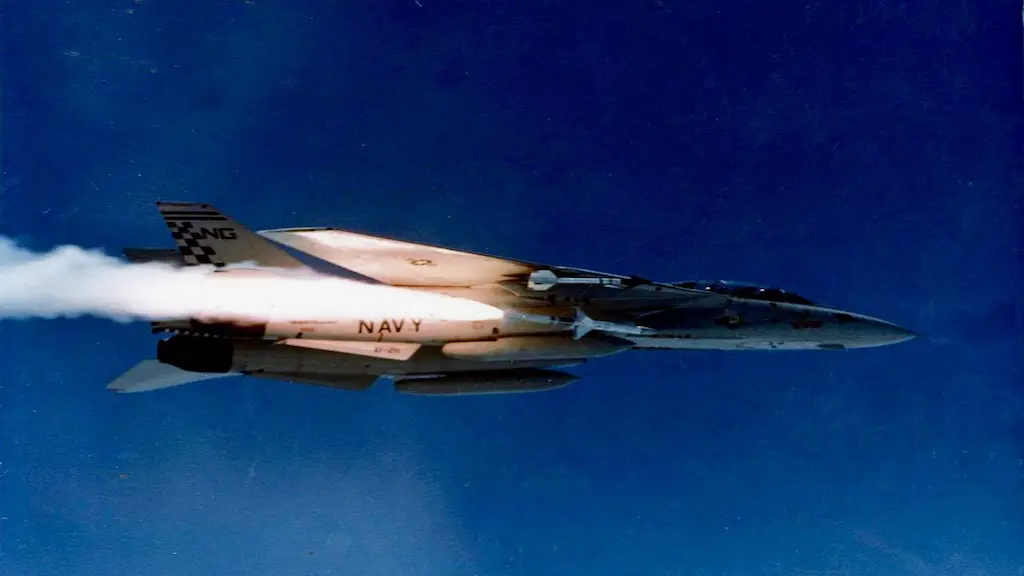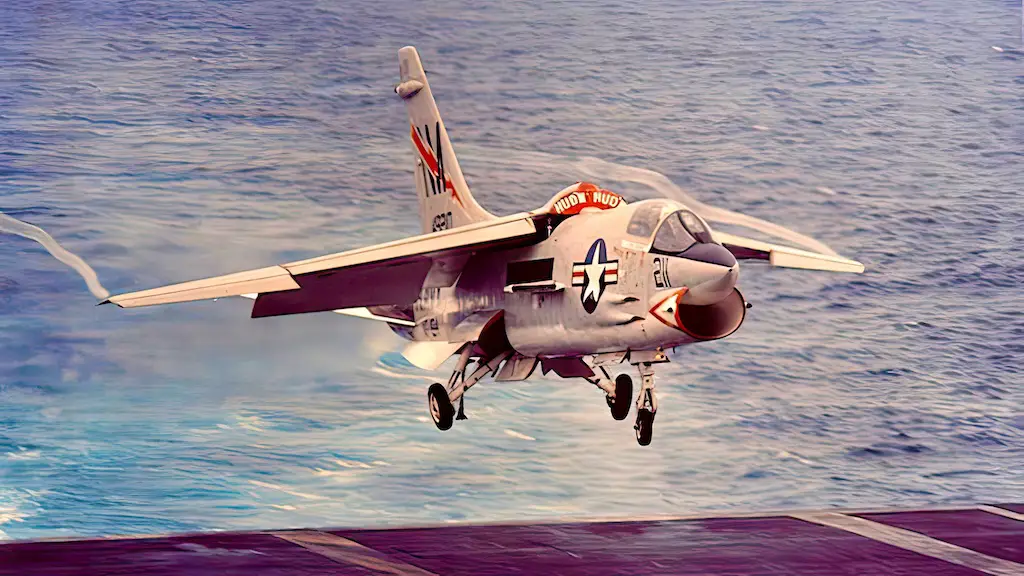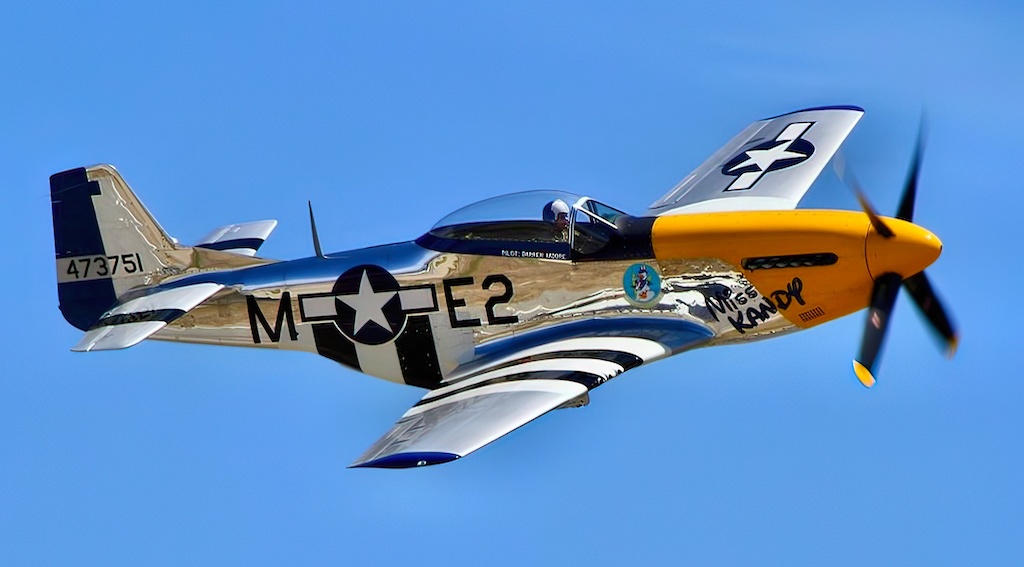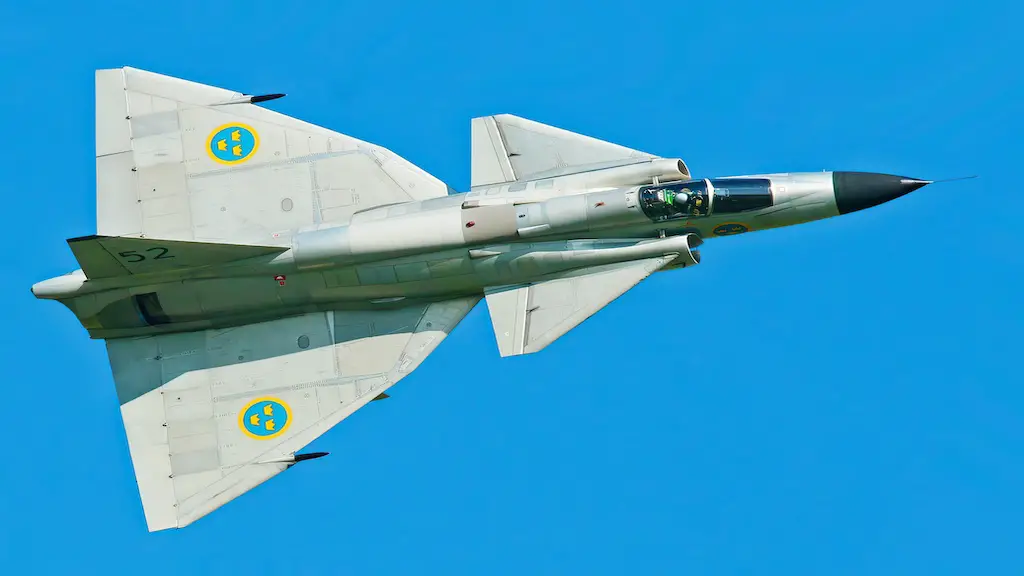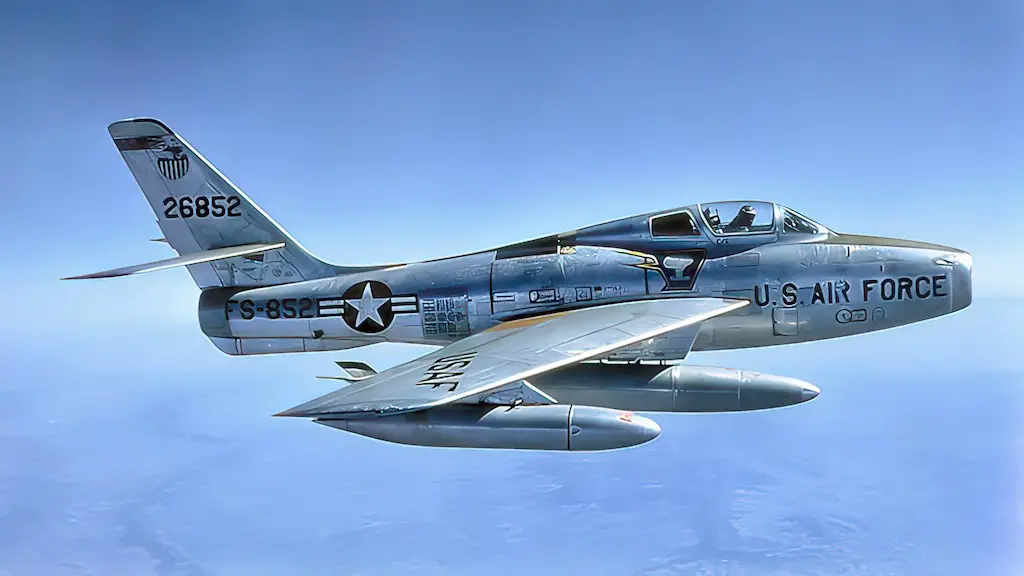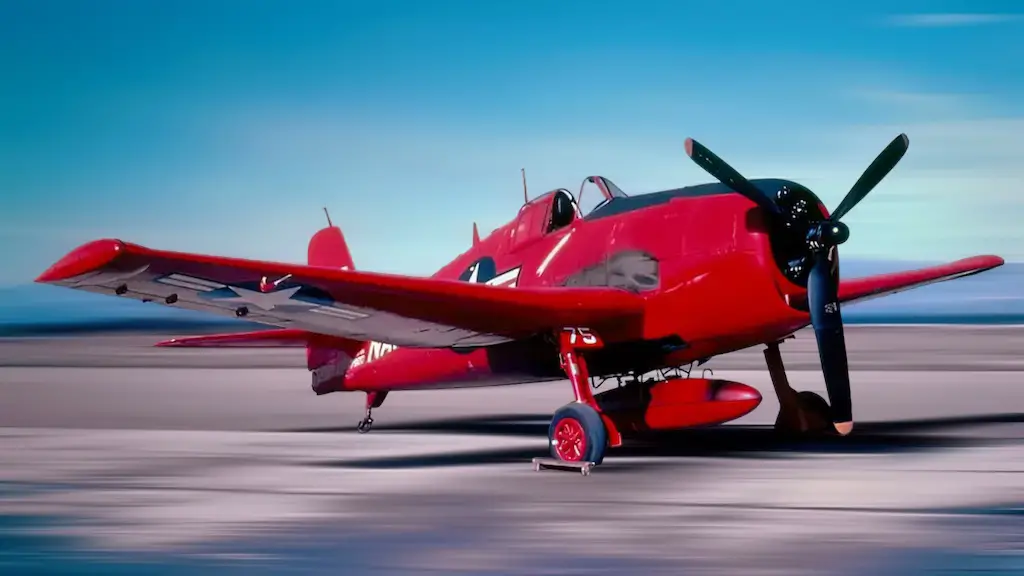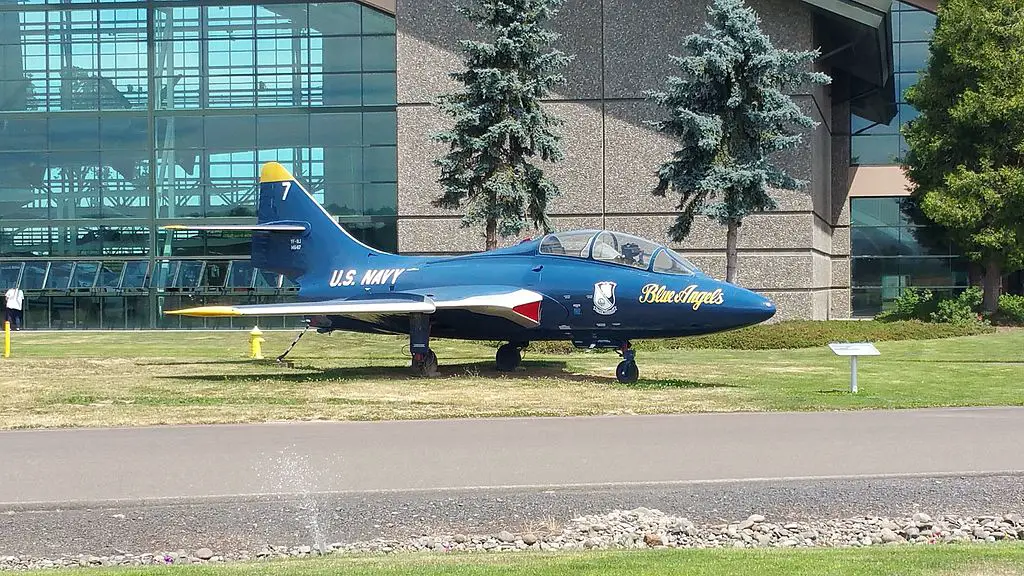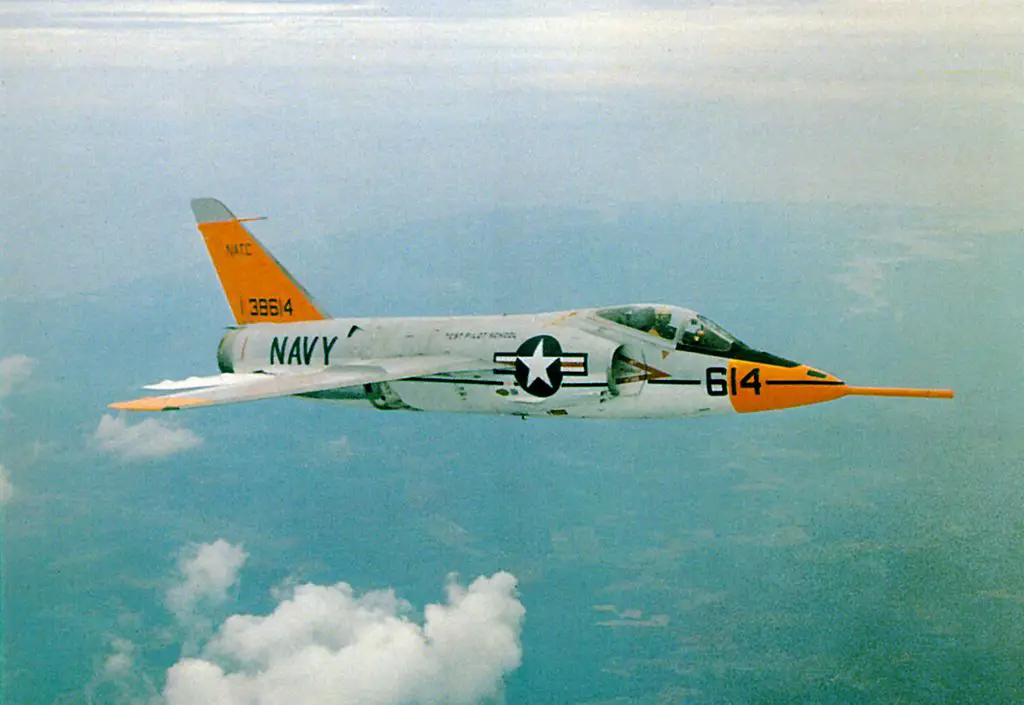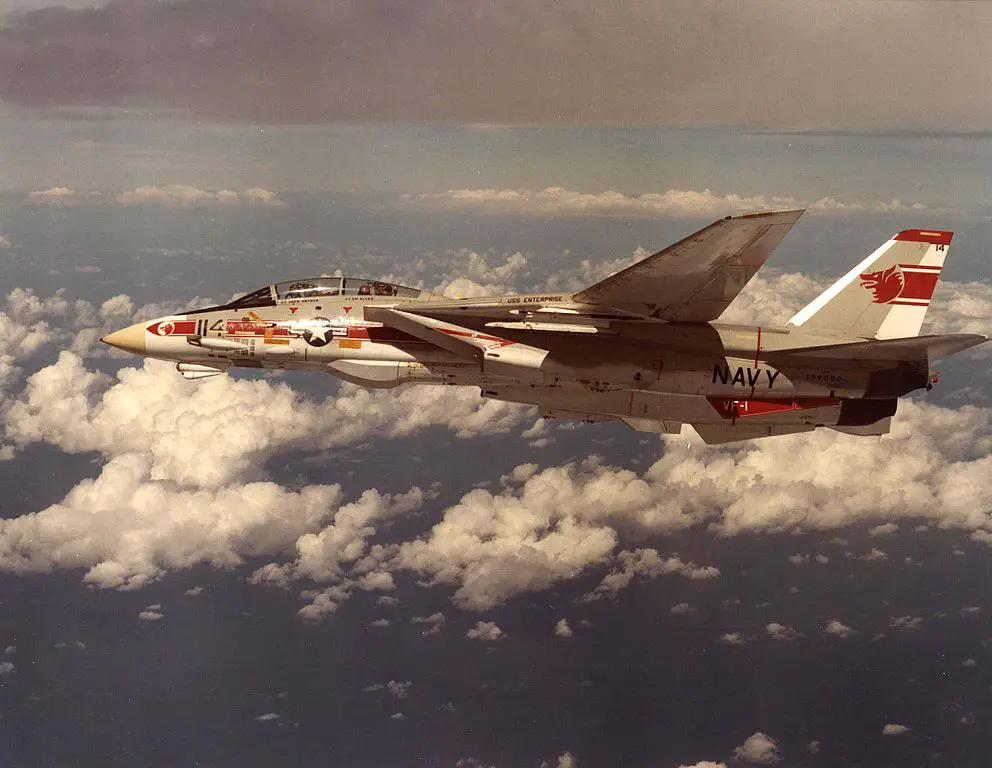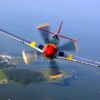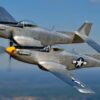Some Aircraft are designed to destroy targets on the ground; others are capable of destroying other aircraft. Occasionally, an Aircraft may destroy itself because of malfunction or pilot mistakes. Imagine a pilot parachuting after ejecting from a plane that shot itself down.
They probably have the “This is coming out of your paycheck” conversation in their head, or maybe “I will forever be remembered as the pilot who shot down their own plane.” Originally intended to be a modernized Grumman F9F Cougar, the F-11 became an entirely new aircraft as it was being developed while aviation technology was advancing rapidly.
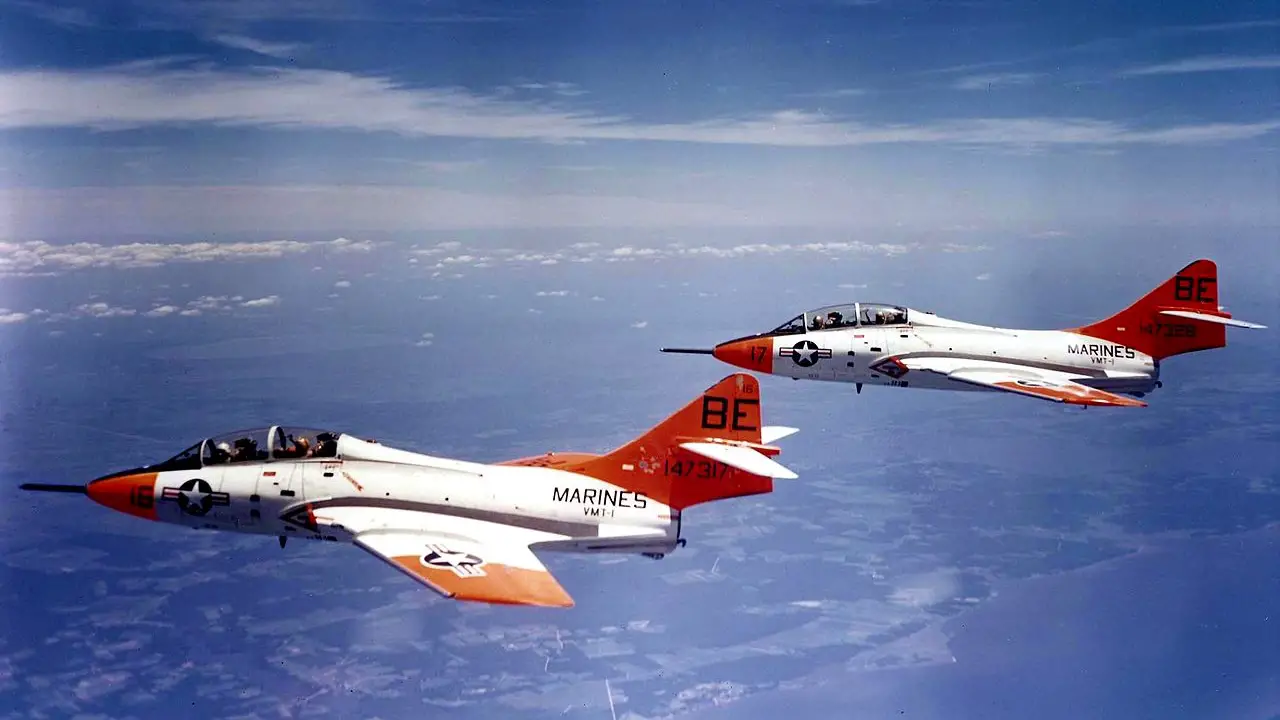
On September 21, 1956, test pilot Tom Attridge was tasked with testing the aircraft’s cannons at high speeds. He was supposed to climb to high altitudes and descend down at a 20-degree angle with afterburners until he reached Mach 1.
When passing the 13,000 feet, he would fire the cannons for four seconds. Then let them cool for three seconds and then fire another burst. The test was supposed to end when Attridge would reach 7,000 feet, at which point he would also run out of ammunition.
The test flight was cut short when the F-11’s aircraft’s armored windscreen shattered mid-flight. Attridge’s first instinct was to gain more altitude; after inspecting the damage, the only thing he was able to see was damage to the air intake. The engine soon gave up, and the plane lost altitude until it crash-landed around 1,000 meters from the runway.
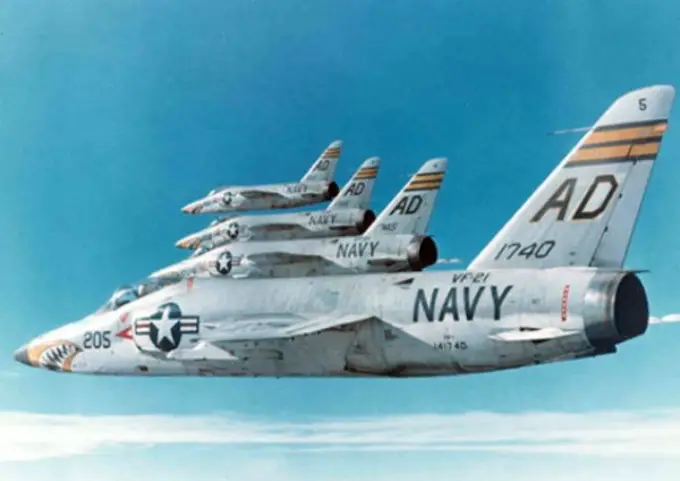
Attridge managed to survive the crash without any serious injuries. However, a subsequent investigation showed that the aircraft was hit by three 20 mm rounds originating from the F-11’s own 20 mm Colt Mk 12 cannons. They soon discovered that Attridge must’ve caught up with his own bullets during the descent. Therefore, Attridge shot himself down.
Like the F-11, F-14 was a Navy (and Grumman) aircraft. And just like the F-11, an F-14 had shot itself down. The Tomcat is considered to be one of the greatest aircraft of all time. So powerful, in fact, that it was no match against its own missiles.
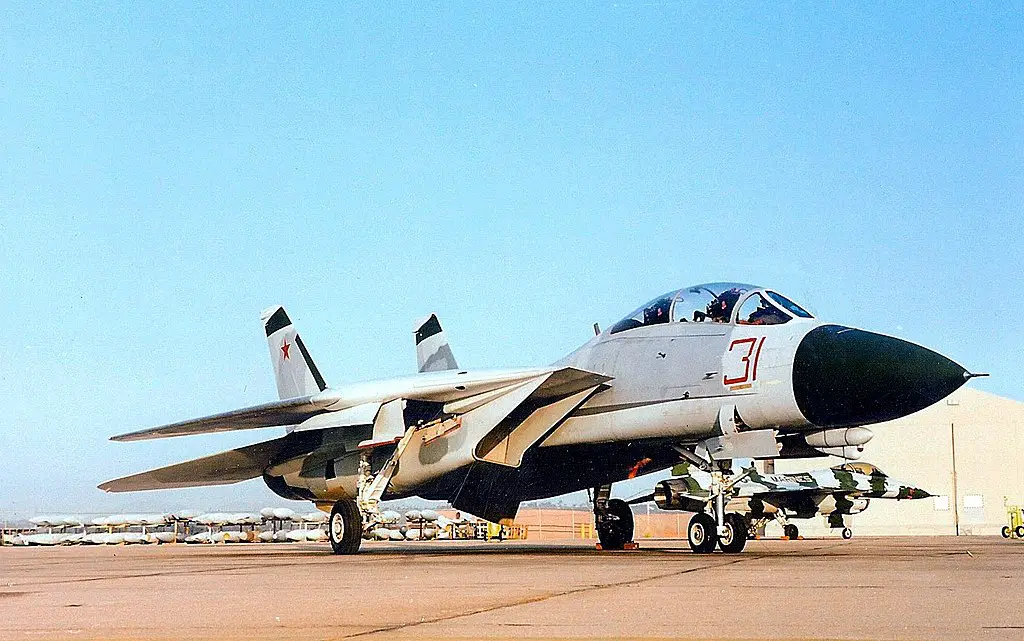
It was equipped with the famous AIM-7 Sparrow missiles, which had been in service for more than ten years by that point. The missile was guided by the Tomcat’s onboard radar, which allowed it to hit targets from a safer range.
On June 20, 1973 test pilots Pete Purvis and Bill Sherman were conducting a missile test over the Pacific Missile Test Range. They were tasked with launching an AIM-7 missile.
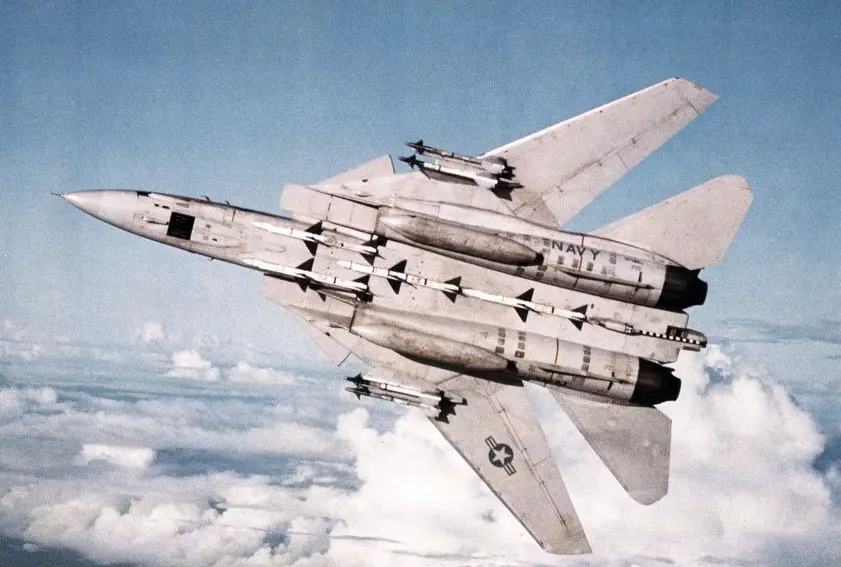
Unlike many other missiles which fly off from the wings, the sparrows ignite the motors after they drop from the aircraft. At least that’s how it’s supposed to operate. But when Purvis and Sherman fired the missile during the test flight, it made a louder noise than usual. The missile would usually shoot off at high speed from underneath the aircraft towards its target, but this time it tumbled out in front of the F-14.
The flaming missile fell apart, and pieces of it were sucked into the engine, which soon burst into flames. The pilots ejected and reached the ground safely; their plane, however, was destroyed.

